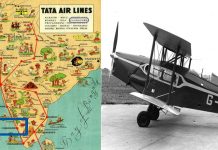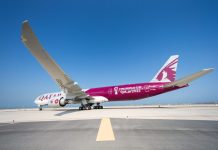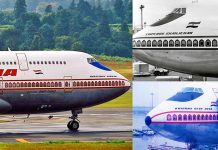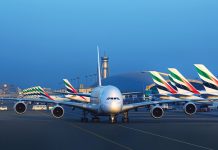How are photos and videos of airliners flying in the sky taken?
Many of them are photo shopped, but many are real. Here are most important issues related to such aerial photography: 8 High-Flying Tips To Make Aerial Photography a Part of Your Repertoire.
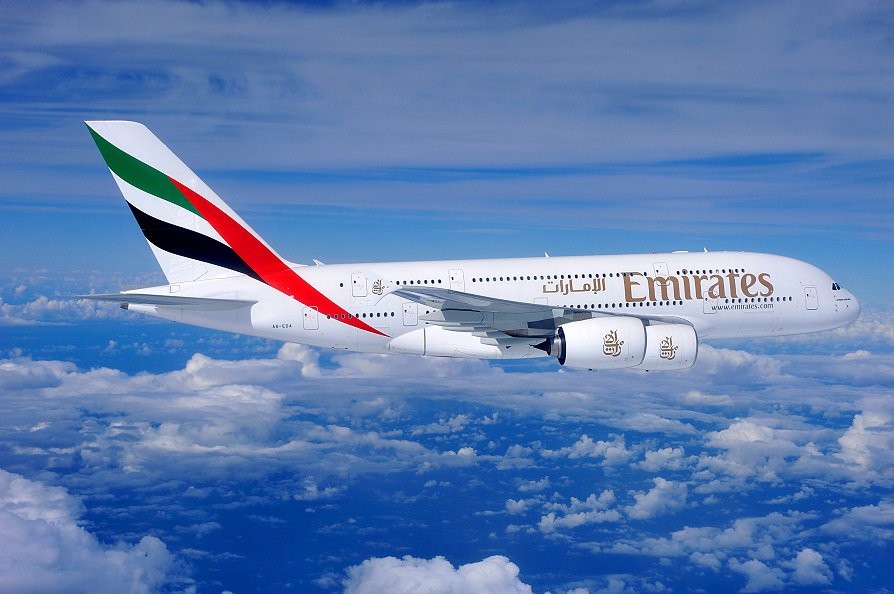
- Aerial photography is a very specialized commercial photography service. Very few, if any, pros can make a living shooting from
- Clients could include real estate developers, large landowners, ranchers, farmers, various government departments, construction companies, large industries, and companies in mining, drilling and logging.
- A very important thing is how comfortable you are flying cause some assignments may even make it necessary to lean from the plane or helicopter.
- Specialized equipment is not needed for aerial photography, but it should be pro-grade equipment, such as a mid-range to high-end DSLR. In most cases, a 70–200mm lens will be sufficient.
- Aircraft/pilot rentals can cost hundreds of dollars an hour. One of the ways you could offset some of this cost is to become friendly with local pilots.
- By law, airplanes can’t fly lower than 1,000 feet. There is no lower limit for helicopters, so if your assignment calls for an aerial of a small piece of property or structure, then only a helicopter can bring you close enough.
- During the planning of your aerial assignment, study maps and know the major landmarks near the target, so you can find it easily and quickly.
- Aerial photography is a quite limited opportunity.

Pictures of planes in the air, they are not easy to take, but they are not difficult enough to justify any special effects replacements, either. It’s a specialized domain of photography handled by a small number of photographers who often do only that. Others have already mentioned Clay Lacy, who is well known for his photography (you can see him interviewed in the documentary “One Six Right”).
The photos are simply taken from another airplane nearby. The other aircraft may be an ordinary aircraft or it may have some modifications allowing for better photos. For example, some photographers in this field use special aircraft that have an open door at the side or back giving an unrestricted view of a large part of the surrounding sky. The photographers and their equipment are strapped in and they photograph the target aircraft directly, without any intervening window to mess things up. Obviously, these flights are conducted at relatively low altitudes where cabin pressurization and supplementary oxygen are generally not necessary—most of the time it’s best to be low, anyway, because the terrain below can make a nice background.
Of course there are limits. It’s hard to photograph a SR-71 at Mach 3.5 and 75,000 feet unless you have another SR-71 handy to chase it, and even then, the SR-71 is designed for photography of the ground, not photography of other airplanes. But you can fly the aircraft at much lower speed and altitude for purposes of a photo session, and then a chase plane can keep up with it. If you look at photos like this, you can often see that the photographed aircraft is (probably) flying slowly from the pitch attitude, although choosing photo angles carefully can hide this.
Anyway, it’s not retouched or CGI or anything like that. It’s real photography.


